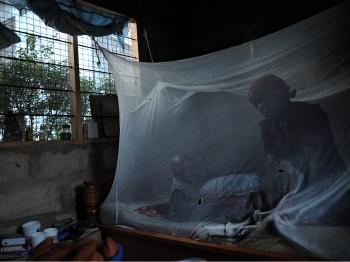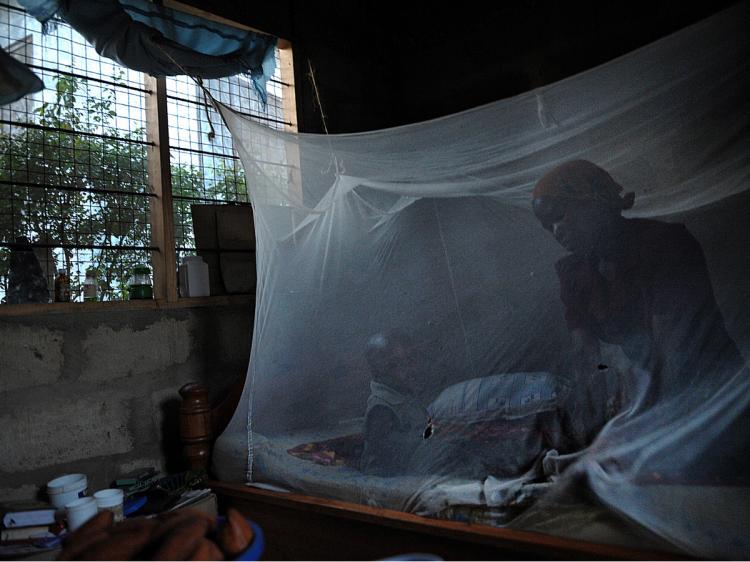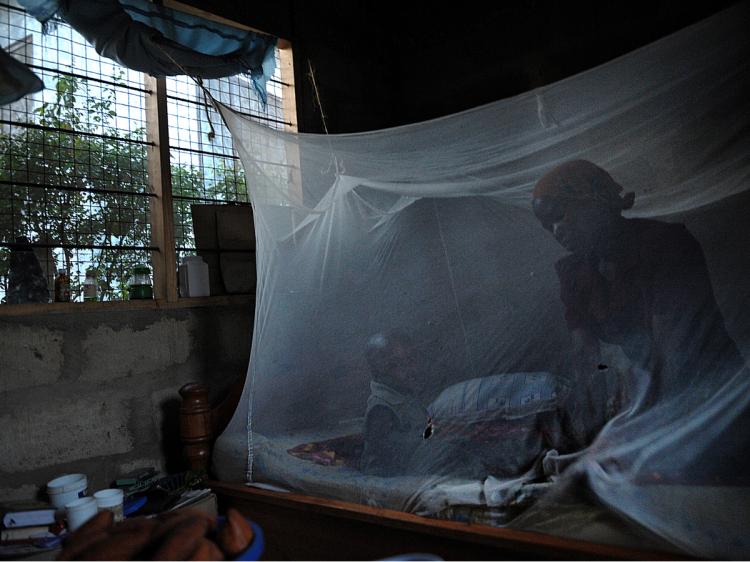The Kenya Medical Research Institute (KEMRI) has developed model that predicts malaria outbreaks with 86 to 100 percent accuracy, according to Canada’s International Research Centre.
The model uses weather predictions, information about mosquito reproductive mechanisms, and data on specific geographical formations in a particular area to predict outbreaks in malaria.
The model has been tested and proven accurate for the past nine years in Kenya, Uganda and Tanzania.
“Rainfall (and) temperatures can be used to explain up to 80 percent of statistical variation in malaria incidences. This is because the temperature variations are extremely important in breeding of mosquitoes,” said Dr Andrew Githeko, a malaria expert leading the project, according to the report.
The model predicts that current heavy rainfall in Kakamega will not lead to an outbreak this season as the temperature is not high enough for mass breeding of mosquitoes.
The model uses weather predictions, information about mosquito reproductive mechanisms, and data on specific geographical formations in a particular area to predict outbreaks in malaria.
The model has been tested and proven accurate for the past nine years in Kenya, Uganda and Tanzania.
“Rainfall (and) temperatures can be used to explain up to 80 percent of statistical variation in malaria incidences. This is because the temperature variations are extremely important in breeding of mosquitoes,” said Dr Andrew Githeko, a malaria expert leading the project, according to the report.
The model predicts that current heavy rainfall in Kakamega will not lead to an outbreak this season as the temperature is not high enough for mass breeding of mosquitoes.




